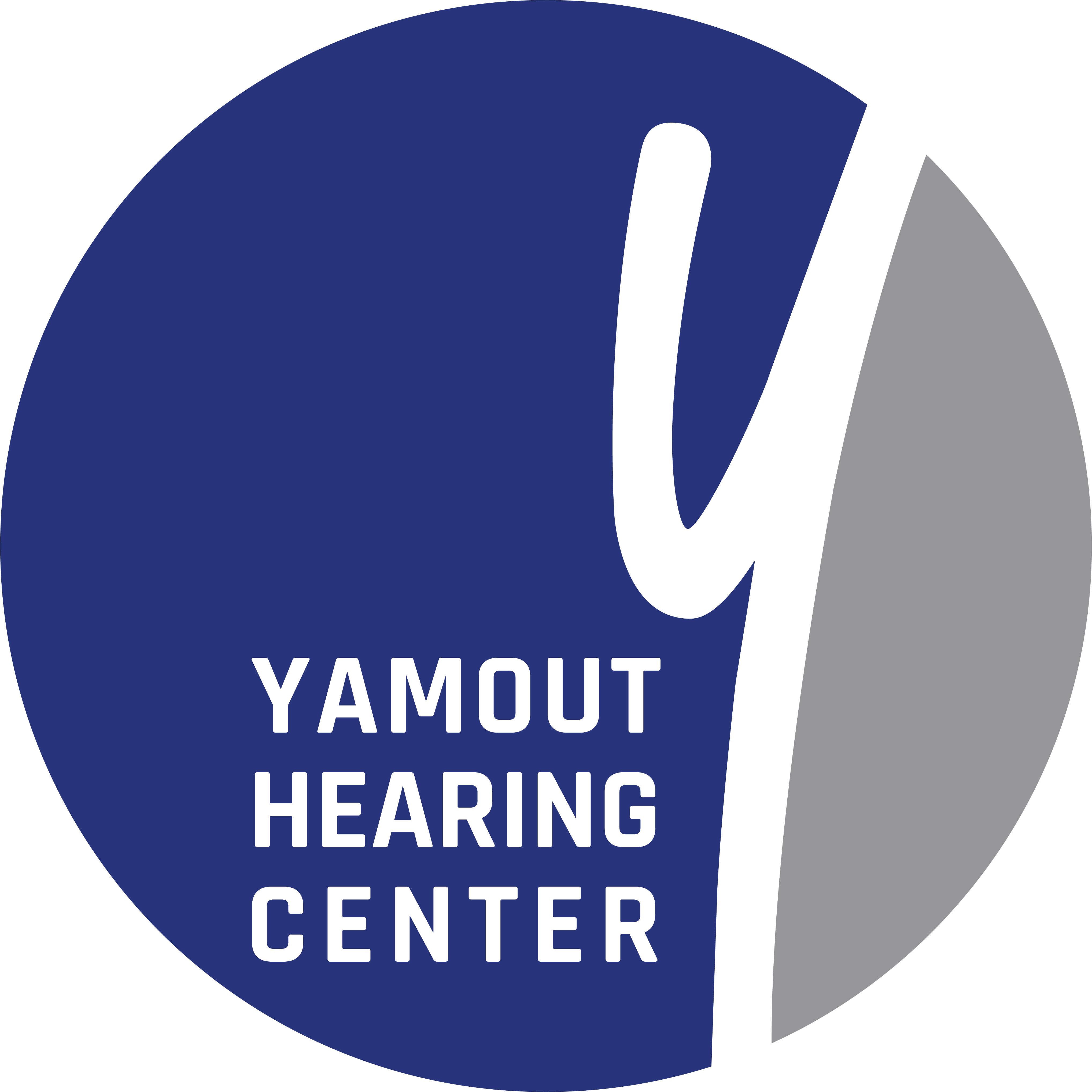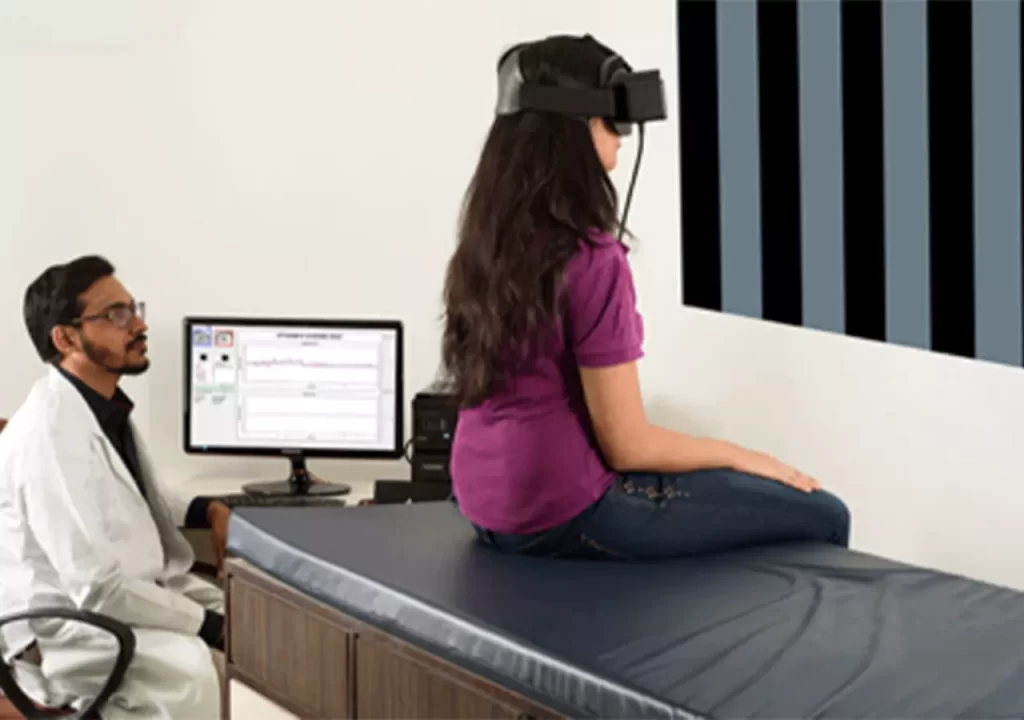Videonystagmography (VNG) tests are part of a comprehensive evaluation to detect pathologies in the vestibular (balance) system and determine a potential site of lesion: either the vestibular end organ or the central vestibular system.
Infrared glasses are placed on the eye during a VNG test to monitor the vestibular ocular reflex. Following that, a computer analysis of the collected data is performed, and the results are interpreted by an audiologist to determine the balance system’s integrity.
The VNG test is made up of three parts:
- Oculomotor testing involves a patient tracking light on a screen to evaluate their visual system.
- Positional testing, in which eye movements are recorded in various head and body positions in order to assess the effect of position changes on the patient’s performance.
- Caloric testing, in which cool and warm air is introduced into the patient’s ear, is used to measure response and evaluate the vestibular system’s integrity.


